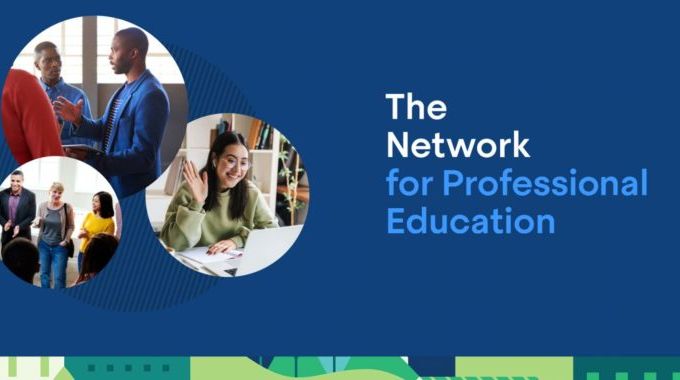Reimagining Connectivity: Networked Learning In The Pandemic Era
One of the critical lessons we’ve taken from teaching and learning within the pandemic is that networks and connections are essential: in difficult times, support from family, friends, and organizations is as important as access to reliable information and technology. Our understanding of connectivity, then, has expanded alongside our experience of the pandemic. This re-imagined connectivity provides a framework for us to explore teaching and learning in the familiar, yet new, environments of our fall classrooms.
Research indicates that students who have a sense of belonging are more likely to persist and succeed in their academic studies. What can faculty do to enhance this inclusion and belonging? Creating and supporting connectivity with and between students is a key step in maintaining inclusive classrooms, as students’ sense of belonging connects them to the neurological and emotional conditions for learning. Strategies such as learning student names, meeting with students in the first few weeks of class and providing early feedback on learning activities reinforce every student’s sense that they belong and can succeed. Creating spaces for students to get to know each other (e.g., through introductory videos posted to Pronto or Blackboard Discussion Board threads, or helping to create study groups outside of class time) also supports this personal connectivity, while pointing students to other supportive resources on campus widens the inclusive network.
"Creating and supporting connectivity with and between students is a key step in maintaining inclusive classrooms, as students’ sense of belonging connects them to the neurological and emotional conditions for learning."
Personal connectivity is also supported by collaborative learning activities. Collaboration as a foundation for meaningful teaching and learning is not new: research of the past several decades indicates that peer-to-peer learning invigorates cognitive processes, while employers reinforce the desirability of teaming skills. Peer-to-peer support systems, such as the Learning Assistant program and the Writing in the Disciplines Tutoring pilot are examples of larger initiatives that foster collaborative learning. Within classes, there is also ample opportunity to create meaningful opportunities for connectivity through small collaborative learning strategies such as think-pair-share; peer feedback opportunities through Perusall, One Note, or Google apps; or larger team projects (see the invaluable resources developed by the Questrom Team Learning group). Collaborative learning activities enable us, as teachers, to activate the enormously varied and valuable prior knowledge that students bring to their learning and reconsider traditional methods of assessment that idealize individual achievement.
"Technology assists and extends personal interaction and connectivity. Communication tools enliven classroom networks by providing easy ways for students to communicate with instructors and each other."
Technology assists and extends personal interaction and connectivity. Communication tools enliven classroom networks by providing easy ways for students to communicate with instructors and each other. During remote and hybrid teaching experiences, we learned to re-imagine assignments in digital forms: podcasts, video essays, and digital posters are all ways for students to demonstrate their knowledge. Yet, as we redesign assessment tasks, we also need to consider equitable access to any suggested or required tools. Mandating laptops that can manage specific programs is a broader conversation for departments and schools; within our classes, we can create the conditions for equitable connectivity by checking in with our students to make sure everyone has the technological access they need to succeed in class assignments.
In a recent webinar “Enhancing the Student Experience,” hosted by The Chronicle of Higher Education, Mike Truong, Director of Digital Learning and Associate Professor, Azusa Pacific University, commented that learning experiences during the pandemic have led to “an increased scrutiny of the pedagogical journey.” One result of that scrutiny is a renewed awareness of the essential role of compassionate interaction within learning environments. As we re-imagine and elevate connectivity, in its expansive, inclusive, and equitable forms, we contribute to a collaborative learning environment that supports students’ resilience, persistence, and success.
 About the Author: Dr. Deborah Breen is the director of Boston University’s Center for Teaching & Learning. Deb is focused on developing and expanding partnerships at BU that highlight and strengthen significant learning experiences for all students. She encourages research into learning experiences, collaborations with faculty and staff in initiatives that support teaching and learning, and opportunities for undergraduate and graduate students to contribute to an understanding of BU’s learning environment.
About the Author: Dr. Deborah Breen is the director of Boston University’s Center for Teaching & Learning. Deb is focused on developing and expanding partnerships at BU that highlight and strengthen significant learning experiences for all students. She encourages research into learning experiences, collaborations with faculty and staff in initiatives that support teaching and learning, and opportunities for undergraduate and graduate students to contribute to an understanding of BU’s learning environment.


